Smart Home Technologies: Adding Value to Your Property
Reading Time: 8 minutesSmart home technologies have been rapidly advancing and gaining popularity among homeowners in recent years. With innovative devices and systems that allow for home automation, security, entertainment, and convenience, smart homes are becoming highly desirable and can significantly increase a property’s value. There is a growing demand for tech-enhanced properties as more buyers seek homes…
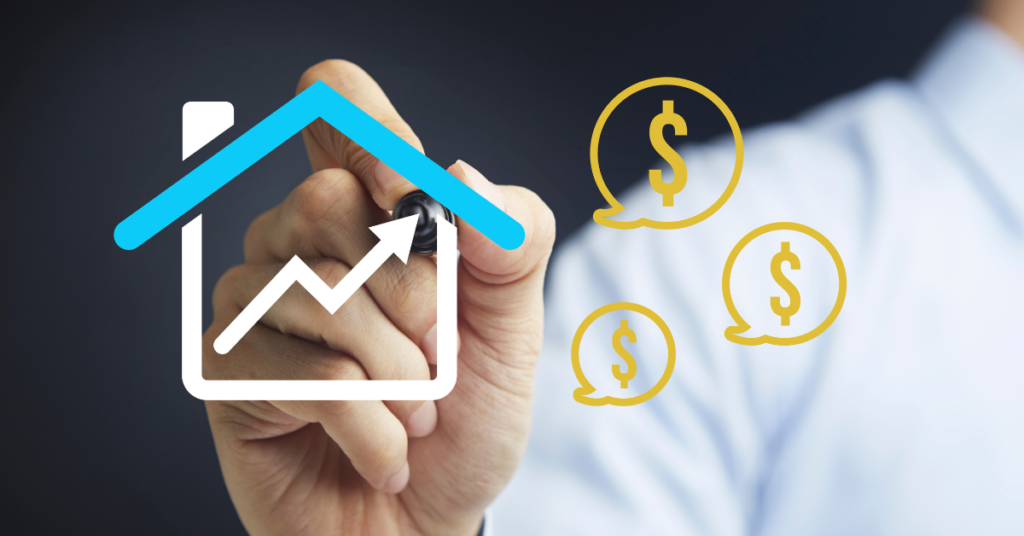
Smart home technologies have been rapidly advancing and gaining popularity among homeowners in recent years. With innovative devices and systems that allow for home automation, security, entertainment, and convenience, smart homes are becoming highly desirable and can significantly increase a property’s value.
There is a growing demand for tech-enhanced properties as more buyers seek homes with the latest technology integrations. In this article, we’ll explore the myriad ways in which embracing smart home technologies can add value to your property, making it a worthwhile investment for the modern homeowner.
Table of Contents
Smart Security Systems
Smart home security has come a long way in recent years. Homeowners now have more options than ever when it comes to protecting their property and keeping their families safe. Some of the most popular smart security technologies include:
Smart Cameras and Doorbell Cameras
- Smart doorbell cameras like Ring and Nest allow you to see who is at your doorstep directly from your smartphone. Many models feature two-way audio so you can speak to visitors remotely.
- Smart security cameras can be installed both indoors and outdoors. Look for features like night vision, motion detection alerts, cloud video storage, and compatibility with voice assistants.
Smart Locks and Keyless Entry Systems
- Smart locks allow keyless entry via smartphone, keypad code, or biometrics like fingerprint scanning. This eliminates the need to hide keys under doormats.
- Locks can auto-lock when you leave and unlock when you arrive home. Some even allow remote guest access.
Integrated Security Systems
- Professionally installed systems seamlessly integrate smart cameras, motion sensors, door/window sensors, smoke detectors, water leak sensors, and more.
- All components can be controlled through a centralized hub for whole-home protection and monitoring.
With comprehensive smart home security, homeowners can monitor their property remotely while deterring burglars and keeping their home and family safe from harm. As security technologies advance, homes are becoming smarter and more secure than ever before.
Home Automation and Convenience
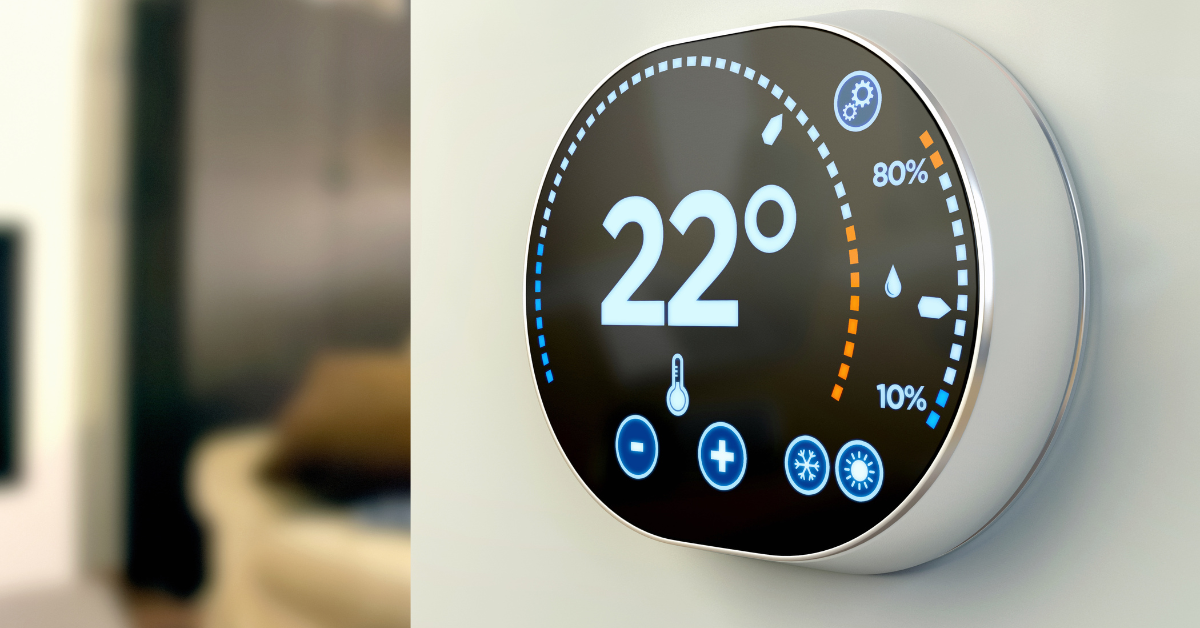
Home automation allows homeowners to control and automate various functions in their homes for added convenience, security, and energy efficiency. Some of the most popular home automation technologies include:
Smart Thermostats
Smart thermostats like the Nest Learning Thermostat and Ecobee SmartThermostat allow homeowners to precisely control the temperature in their home as well as program customized heating and cooling schedules. They utilize occupancy sensors, usage patterns, and weather forecasts to automatically adjust the temperature for maximum energy efficiency. This can lead to significant energy savings throughout the year.
Lighting Automation
Lighting automation gives homeowners intelligent control over lighting in their home. Technologies like Philips Hue and Lutron Caseta allow users to turn lights on/off, dim, change color, and set schedules or routines. Motion sensors can automatically turn lights on when you enter a room and off when you leave. Natural light sensors on automated blinds and curtains (discussed below) can also sync with smart bulbs to automatically dim artificial lights when ample sunlight is available.
Automated Blinds and Curtains
Motorized smart blinds like those offered by Pella and Hunter Douglas can be programmed to open and close at set times each day. Connected to natural light sensors and weather data, they automatically adjust to maximize sunlight and climate control. Smart curtains like those offered by SwitchBot similarly allow for remote and scheduled control to manage both privacy and natural light. These automated window coverings promote energy efficiency through lighting and HVAC optimization.
Entertainment and Connectivity
Advancements in home entertainment and connectivity are key drivers of the smart home revolution. Homeowners can now integrate high-tech solutions to create an immersive entertainment experience.
Smart Home Audio
Whole-home audio systems allow you to stream music wirelessly in every room. Smart speakers from companies like Sonos, Bose, and Amazon can be controlled via voice commands or mobile apps. Multi-room audio synchronizes playback across multiple zones.
Home Theater Automation
Home theater technology is getting smarter. Devices like Roku TVs and Android TVs integrate streaming services and voice control. Smart remote controls consolidate all your devices. Home theater automation systems can dim lights, close curtains, and calibrate audio and video settings to create the perfect viewing environment.
High-Speed Connectivity
Fast and reliable WiFi is essential for smart homes. Mesh router systems provide full home coverage. Some models come with smart hub functions to control connected devices. Upgrading to the latest high-speed internet plans enables bandwidth-intensive applications.
Smart Wi-Fi Solutions
Innovations in WiFi technology power smart homes. WiFi 6 routers offer faster speeds, increased capacity, and lower latency. Managed WiFi systems from companies like Plume optimize connectivity while protecting privacy. AI-enabled mesh systems automatically adjust WiFi settings for optimal performance.
Kitchen and Appliance Automation
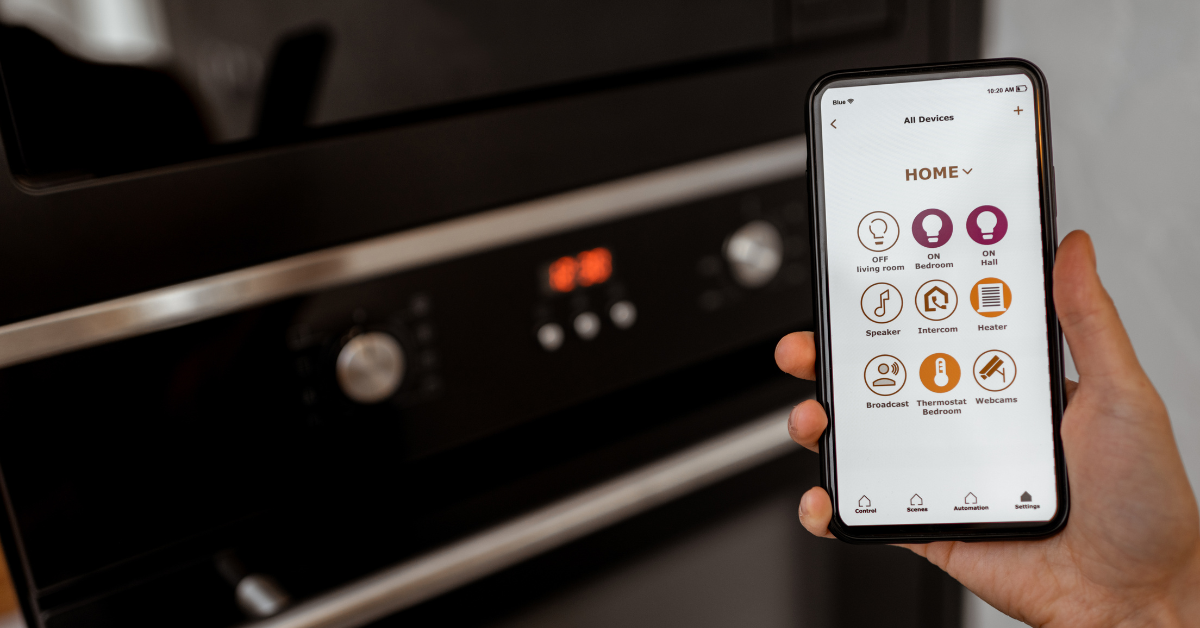
The kitchen is the heart of the home, and smart technologies can greatly enhance its functionality. Homeowners can automate various kitchen appliances and systems to create a more convenient, energy-efficient, and high-tech cooking space.
Smart Refrigerators
Smart refrigerators go beyond keeping food cold. New models come equipped with touch screens, internal cameras, and sensors to track inventory. Some have built-in speakers for playing music and widgets to display photos and calendars. Smart fridges can create shopping lists when items run low or order groceries directly through an app. They provide convenience while reducing food waste.
Smart Ovens
Smart ovens are WiFi-enabled and allow users to remotely preheat, monitor cooking, and receive alerts on a smartphone. Some ovens feature cameras inside to view the food as it cooks. Smart ovens provide precision cooking and take the guesswork out of getting perfect results. Users can download recipes, and automatic cooking programs, or access cooking help through built-in touch displays.
Automated Kitchen Lighting
Preset lighting scenes or schedules can provide the right ambiance and illumination for kitchen tasks. Over-cabinet lighting can be zoned or dimmed through smart controls, while natural light can also be optimized through automated smart blinds and skylights. Motion sensors trigger pathway lighting for late-night trips to the refrigerator.
Ventilation Automation
Smart ventilation systems with built-in sensors automatically turn on when humidity or cooking odors are detected in the kitchen. Some systems can even differentiate between types of cooking and adjust fan speeds accordingly. Smart vent controls allow convenient access through handheld devices.
Virtual Assistants
Smart kitchens integrate virtual assistants like Alexa or Google Home for hands-free help. Users can ask for help with recipes, set timers, add items to a shopping list, and control appliances and lighting simply through voice commands. Virtual assistants make completing kitchen tasks convenient and hassle-free.
Overview of Leading Smart Home Platforms
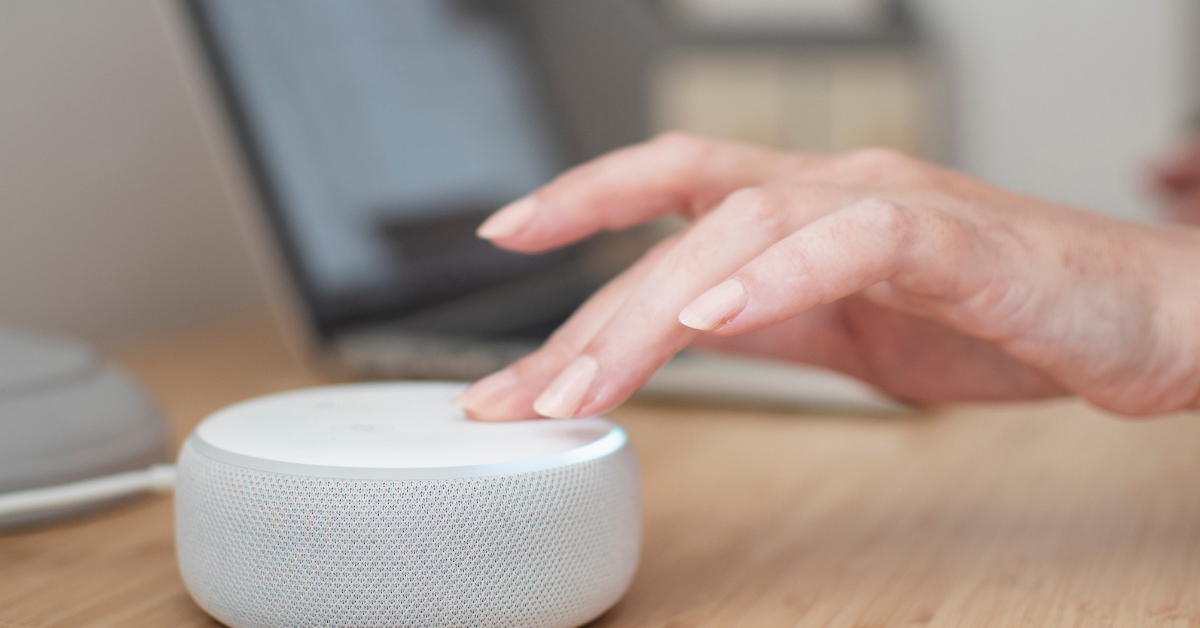
Some of the most popular smart home platforms include:
- Amazon Alexa – The voice assistant and smart home hub developed by Amazon. Alexa can connect with thousands of compatible devices and provides voice control for many functions.
- Google Home – Google’s smart speaker and assistant platform that integrates with Nest and other Google brands as well as many third-party devices. Offers voice control and automation capabilities.
- Apple HomeKit – Apple’s home automation platform that securely connects compatible devices within the Apple ecosystem including iPhones, iPads, and Apple TV.
- Samsung SmartThings – A system developed by Samsung that is designed to connect a wide range of smart devices and technologies including third-party products.
- Hubitat Elevation – An automation platform that works with Zigbee, Z-Wave, WiFi, Bluetooth, and more. Focuses on local processing for speed and reliability.
Compatibility and Interconnectivity Considerations
When building a smart home ecosystem, selecting devices compatible with your chosen integration platform is important. Many major brands work across multiple platforms, while some integrate only with specific systems. Considering compatibility during planning can ensure seamless interconnectivity.
Return on Investment (ROI) in Smart Home Technologies
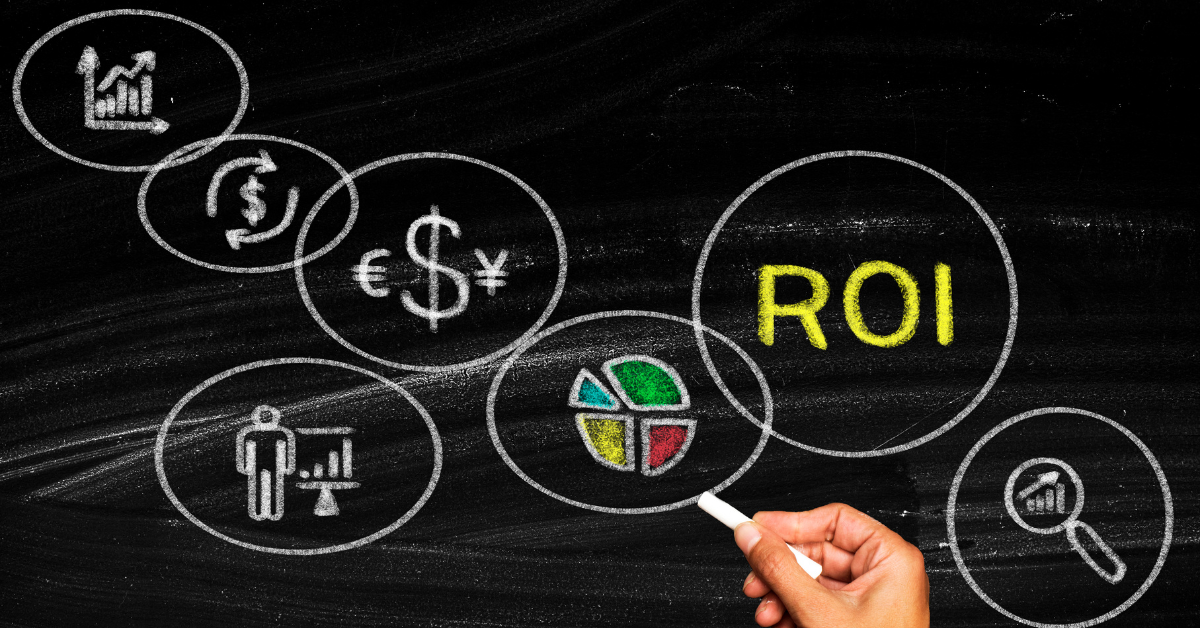
Investing in smart home technologies can provide an excellent return on investment (ROI) through increased property value and higher rental income. A cost-benefit analysis is important to assess the payback period and overall profitability of installing smart home systems.
The upfront costs of purchasing and integrating devices like security cameras, smart thermostats, and home automation systems can seem high. However, higher resale value and rental premiums often recoups these costs. Studies show that consumers are more likely to buy a home with smart home technology. For a $500,000 home, smart tech could boost value by $15,000-$25,000.
Rental income is also enhanced by smart home technologies. Tech-savvy tenants are often willing to pay 10-15% more in rent to live in a fully connected, automated property. Smart security and remote monitoring provide peace of mind. Entertainment and connectivity features like home theater systems and WiFi mesh networks add enjoyment. By attracting high-income tenants, smart homes can generate significant rental returns on investment.
The ROI timeline depends on upfront costs and rental premiums. But for many property investors, the payback period is less than 5 years. Given the lifespan of most smart devices exceeds 10 years, this presents an excellent value proposition. Once the initial costs are recouped, the technology provides lasting benefits.
When evaluating ROI, also consider harder-to-quantify benefits like reduced energy bills from smart thermostats, increased convenience and lifestyle enhancements, and reduced insurance premiums from upgraded security systems. While the financial ROI is already compelling, the value also comes from upgrading your living space.
Installation and Integration Considerations
Retrofitting existing homes with smart technologies requires careful planning and preparation. While newer homes may have the necessary wiring and infrastructure in place, older homes often need upgrades to support the latest devices. Determining compatibility issues ahead of time and setting a realistic budget for any required rewiring or construction is key.
When installing smart home devices, homeowners have two main options – professional installation or DIY. The professional installation offers the benefit of expertise, ensuring proper setup, integration, and functionality across devices. However, it also comes at a higher cost. DIY installation allows you to save on labor fees but requires technical skills and knowledge to avoid integration or compatibility issues.
The complexity of the smart home ecosystem also poses challenges in terms of integration. With devices from multiple brands relying on different protocols like Wi-Fi, Bluetooth, Zigbee, and Z-Wave, seamless interconnectivity is not always guaranteed. Proper planning is required in terms of hub selection, bridge devices, and ensuring similar wireless protocols among devices. Interoperability between iOS and Android operating systems also needs to be factored in.
Conclusion
Smart home technologies provide a wide range of benefits that make adding them to your property an excellent investment. The technologies covered in this guide showcase how smart devices are evolving to provide intelligent solutions that enhance nearly every aspect of the home.
While upgrading does require an initial investment, the improved value, premium rent prices, and higher demand from tech-savvy homeowners make it well worth it. As smart home tech continues to advance, it will soon become standard in real estate.
For any property owner looking to maximize their home’s potential, it’s clear implementing smart technologies is essential. Your residence can become an impressive showcase of all that’s possible in the world of high-tech living.
Don’t let your property fall behind – take steps to add smart home upgrades today and reap the benefits well into the future. Reach out to Green Ocean Property Management to learn more about integrating smart home technologies into your property and staying ahead of the curve.
Master Rental Management for Stress-Free Landlording
Reading Time: 3 minutesDiscover stress-free rental property management with strategies for increased efficiency, profitability, and tenant satisfaction. Unlock your property’s full potential.
Mastering Property Management for Customized Success
Reading Time: 3 minutesDiscover the secrets to mastering property management with tailored strategies and local expertise. Optimize your rental property’s success with this comprehensive guide.
How to lower liability with Proactive Maintenance
Reading Time: 4 minutesAs a landlord, planning ways on how to reduce your liability, prevent any accidents and injuries to your tenants is necessary. The best solution for every landlord is to have a proactive approach to property maintenance. The answer to reducing liability is to think proactive. Costly maintenance repairs can be lessened and legal concerns will…








